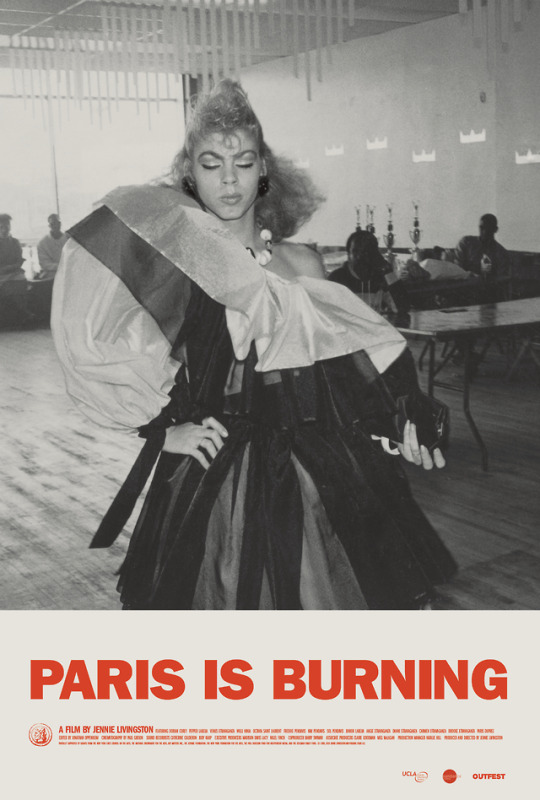Photo

PARIS, TEXAS (1984) begins a special run at Film Forum in New York starting November 25 courtesy of Janus Films! 💞 💞 💞
#paris texas#nastassja kinski#wim wenders#harry dean stanton#sam shepard#film forum#the criterion collection#janus films
424 notes
·
View notes
Photo

A wonderful visit from Jerzy Skolimowski, whose new film EO—winner of the Jury Prize at Cannes and Poland’s official entry for Best International Film at the 95th Academy Awards®—is now playing in NYC courtesy of Janus Films!
58 notes
·
View notes
Photo
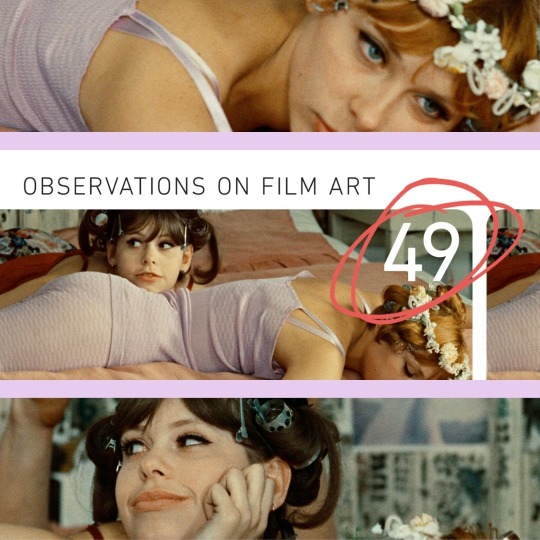
With her radically anarchic Czechoslovak New Wave landmark DAISIES (1966), director Věra Chytilová set out, in her own words, “to make a film that is aesthetically pleasing and interesting, yet [which] is an image of destruction,” one in which “the idea of ‘destruction’ is present in everything, in every move of the camera.” In our new edition of OBSERVATIONS ON FILM ART on the Criterion Channel, Professor Kristin Thompson breaks down the complex visual motifs—in particular the use of plant and food imagery—that Chytilová employs to advance this aesthetic of annihilation, ultimately creating a film that threatens to literally self-destruct. 🎞️ Start watching with the link in our bio!
118 notes
·
View notes
Photo



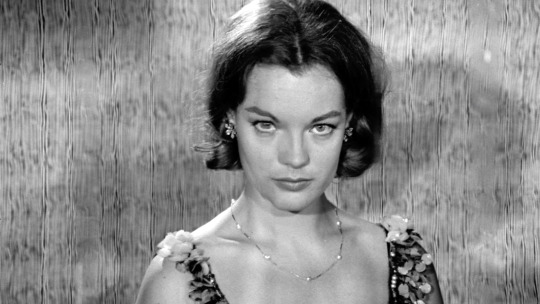

In 1964, master director Henri-Georges Clouzot (born on this day) began work on his most ambitious film yet. INFERNO was to be a sun-scorched elucidation of the dark depths of jealousy starring Romy Schneider. However, despite huge expectations, major studio backing, and an unlimited budget, after three weeks the production collapsed under the weight of arguments, technical complications, and illness. In the compelling documentary HENRI-GEORGES CLOUZOT'S INFERNO (2009)—now playing on the Criterion Channel—Serge Bromberg and Ruxandra Medrea present INFERNO’s incredible expressionistic original rushes, screen tests, and on-location footage, in the process reconstructing Clouzot’s original vision and shedding light on the ill-fated endeavor through interviews, dramatizations of unfilmed scenes, and the director’s own notes.
#romy schneider#henri-georges clouzot#inferno#french cinema#the criterion channel#the criterion collection
99 notes
·
View notes
Photo
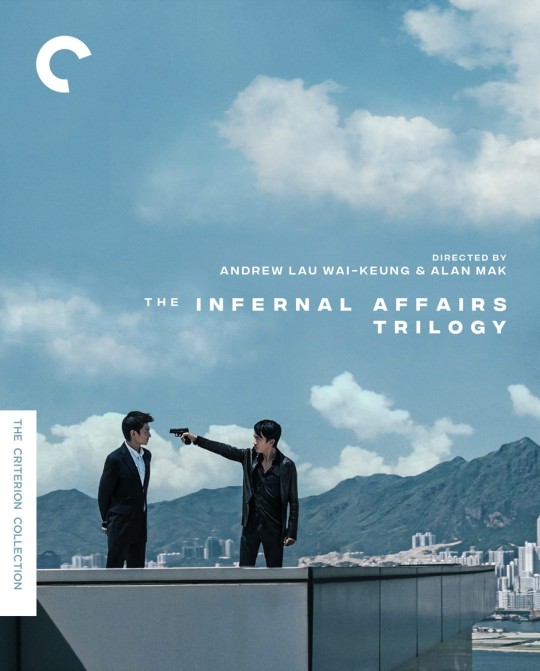
The INFERNAL AFFAIRS TRILOGY (2002 - 2003), a critical and commercial triumph that introduced a dazzling level of narrative and thematic complexity to the Hong Kong crime drama, has entered the collection! 🎥 💿
In this explosively stylish snd gripping saga, superstars Tony Leung Chiu-wai and Andy Lau Tak-wah play two rival moles who navigate slippery moral choices as they move between the intersecting territories of the police force and its criminal underworld. Set during the uncertainty of the city-state’s handover from Britain to China and steeped in Buddhist philosophy, these ingeniously crafted tales of self-deception and betrayal mirror Hong Kong’s own fractured identity and the psychic schisms of life in a postcolonial purgatory.
#the infernal affairs trilogy#infernal affairs#hong kong cinema#tony leung#andy lau tak-wah#the criterion collection
167 notes
·
View notes
Photo

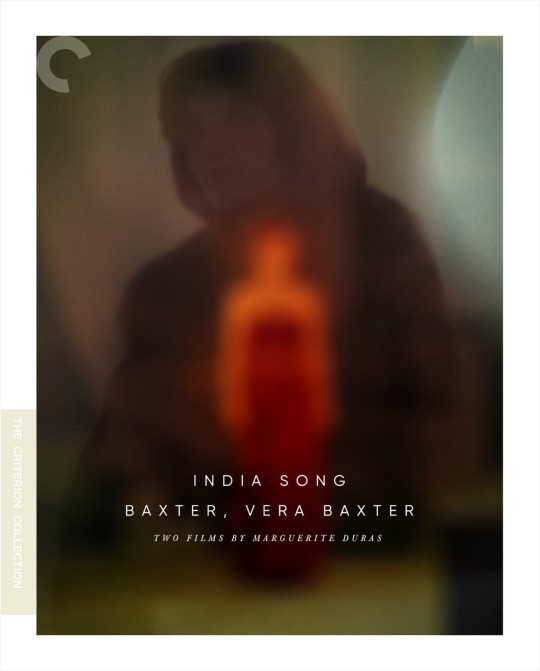

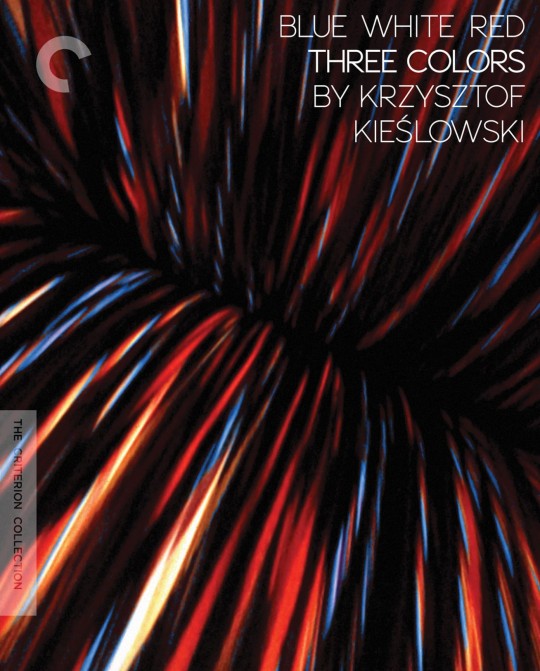

Announcing our FEBRUARY 2023 Criterion Collection titles! A sublime adaptation of Shakespeare’s immortal romantic tragedy, two mesmerizing films by a beloved French literary figure, and a riotously funny satire of Black typecasting in 1980s Hollywood. Explore more!
#romeo and juliet#franco zeffirelli#marguerite duras#india song#baxter vera baxter#delphine seyrig#french cinema#hollywood shuffle#robert townsend#dazed and confused#richard linklater#three colors trilogy#Krzysztof Kieslowski#polish cinema#1990s movies#the criterion collection#Blu-Ray#4k#dvd
170 notes
·
View notes
Photo

The Criterion Flash Sale is here! Stock up and binge-watch until spring!
Need help navigating our growing library of over 1,000 films? Check out our sale page and shop from curated categories that we’ll be updating frequently.
Sale ends at noon ET tomorrow, February 26. The clock is ticking!
86 notes
·
View notes
Photo
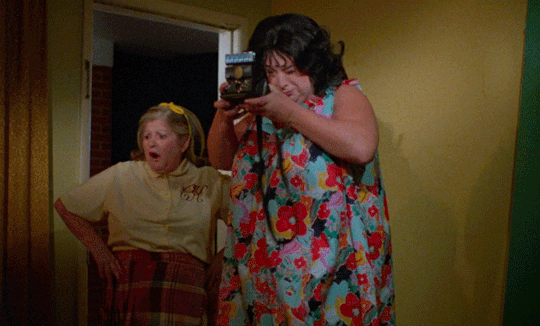
Our Flash Sale has begun! For the next 24 hours, all in-stock Blu-rays & DVDs are 50% OFF!
112 notes
·
View notes
Photo




Announcing our DECEMBER 2019 releases!
#until the end of the world#wim wenders#the story of temple drake#miriam hopkins#kelly reichardt#old joy#will oldham#tunes of glory#ronald neame#film#the criterion collection
166 notes
·
View notes
Photo



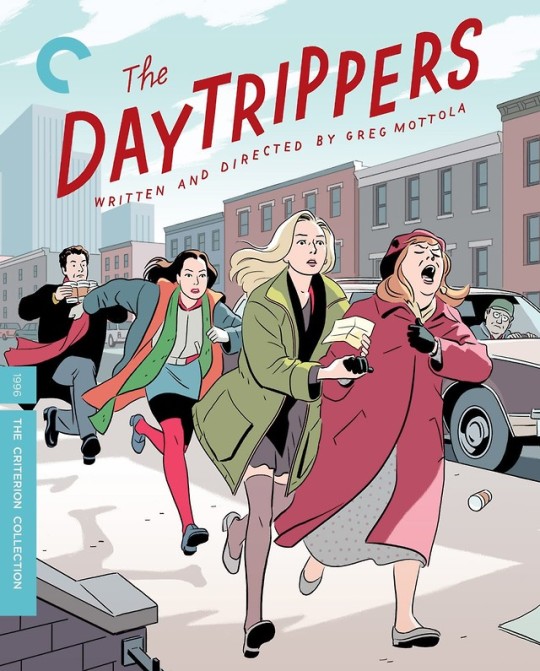

Announcing our November 2019 titles!
#Cold War#pawel pawlikowski#all about eve#bette davis#betty blue#now voyager#jean-jacques beineix#the daytrippers#greg mottola#film#the criterion collection#classic hollywood#french cinema
457 notes
·
View notes
Photo

Godzilla: The Showa-Era Films, 1954–1975
In 1954, an enormous beast clawed its way out of the sea, destroying everything in its path—and changing movies forever. The arresting original Godzilla soon gave rise to an entire monster-movie genre (kaiju eiga), but the King of the Monsters continued to reign supreme: in fourteen fiercely entertaining sequels over the next two decades, Godzilla defended its throne against a host of other formidable creatures, transforming from a terrifying symbol of nuclear annihilation into a benevolent (if still belligerent) Earth protector. Collected here for the first time are all fifteen Godzilla films of Japan’s Showa era, in a landmark set showcasing the technical wizardry, fantastical storytelling, and indomitable international appeal that established the most iconic giant monster the cinema has ever seen.
288 notes
·
View notes
Photo
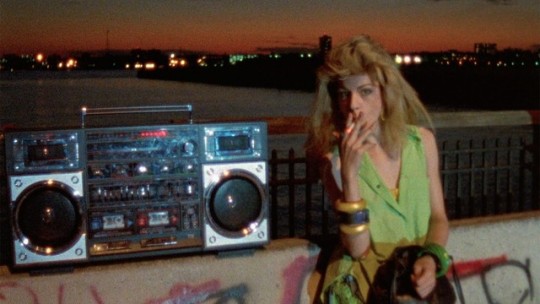




A Newly Restored Paris Struts Back into Theaters
645 notes
·
View notes
Photo

As much as we may think of crying as an involuntary reaction that bubbles up from our innermost depths, it is just as easily perceived by others as affectation, assessed as performance. Is the crier’s crying credible, or commensurate to its cause? Is it done with self-forgetting abandon or as a power play to forestall the moral judgments of onlookers? And what are we to think when there aren’t any tears to measure? It’s cruel how often the capacity for crying eludes us, sometimes right at the instant when we want to be persuading others—and ourselves—that we do feel something.
Tears Left to Cry: Jeon Do-yeon in Secret Sunshine
167 notes
·
View notes
Photo

Zombies are a kind of modern-day mythology thanks to him. I don’t want to sound too academic, but there’s a suspension of rationalism in Night of the Living Dead. The zombies are drifting away from any kind of identity or meaning. They’re not monsters that come from outside the social structure, like Godzilla or Frankenstein; they are the remnants of that broken social structure. They come from within; they are us. In addition to being monsters, they are also victims, because they didn’t ask to be reanimated.
It’s complicated and amazing to me, what Romero did. The way we think of zombies now—as slow-moving and undead—is because of him. In our film we echo, in very obvious ways, the commodity fetishism and the dead end of capitalism’s goal of endless consumption that he portrays so beautifully.
Dead Neighbors: Jim Jarmusch on George A. Romero
#jim jarmusch#George A. Romero#night of the living dead#the dead don't die#godzilla#frankenstein#film#the criterion collection
291 notes
·
View notes
Photo
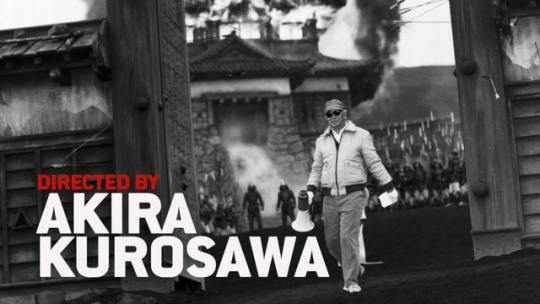
The most celebrated Japanese filmmaker of all time, Akira Kurosawa produced a staggering body of work that stands as a monument of artistic achievement. Though best known for samurai epics like Seven Samurai and Yojimbo, his intimate, contemporary-set dramas, such as Ikiru and High and Low, are just as searing. The first serious phase of the director’s career came during the postwar era with Drunken Angel and Stray Dog, striking noirs that marked the beginning of his long-running collaboration with explosive leading man Toshiro Mifune. In the early 1950s, Kurosawa achieved worldwide fame with Rashomon, a landmark in nonlinear storytelling that ignited international interest in Japanese cinema. In the years that followed, the auteur carried on a fruitful dialogue with the West, drawing on everything from Shakespeare to Dashiell Hammett and perfecting cinematic techniques that would prove influential to such disparate filmmakers as George Lucas and Sam Peckinpah. Kurosawa closed out his career with a string of late masterworks, including Ran and Dreams, epic ruminations on human nature that make visionary use of color.
Watch our Akira Kurosawa retrospective now on the Criterion Channel!
#akira kurosawa#seven samurai#Yojimbo#ikiru#high and low#drunken angel#stray dog#toshiro mifune#george lucas#sam peckinpah#dreams#a clockwork orange#short film#japanese cinema#film#the criterion collection#the criterion channel
255 notes
·
View notes
Photo

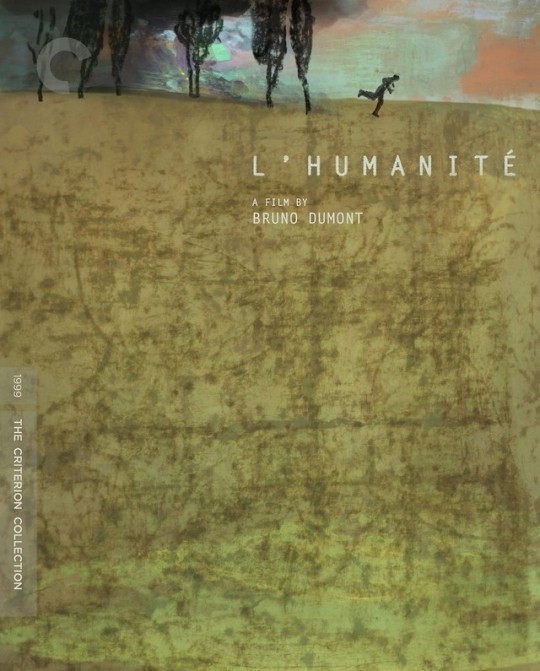
Bruno Dumont's first two features, La vie de Jèsus and L’Humanité announced him as a fully formed iconoclast, with an unflinching, utterly singular approach to capturing the spectrum of human behavior. Own our editions of these films now on Blu-ray & DVD!
94 notes
·
View notes
